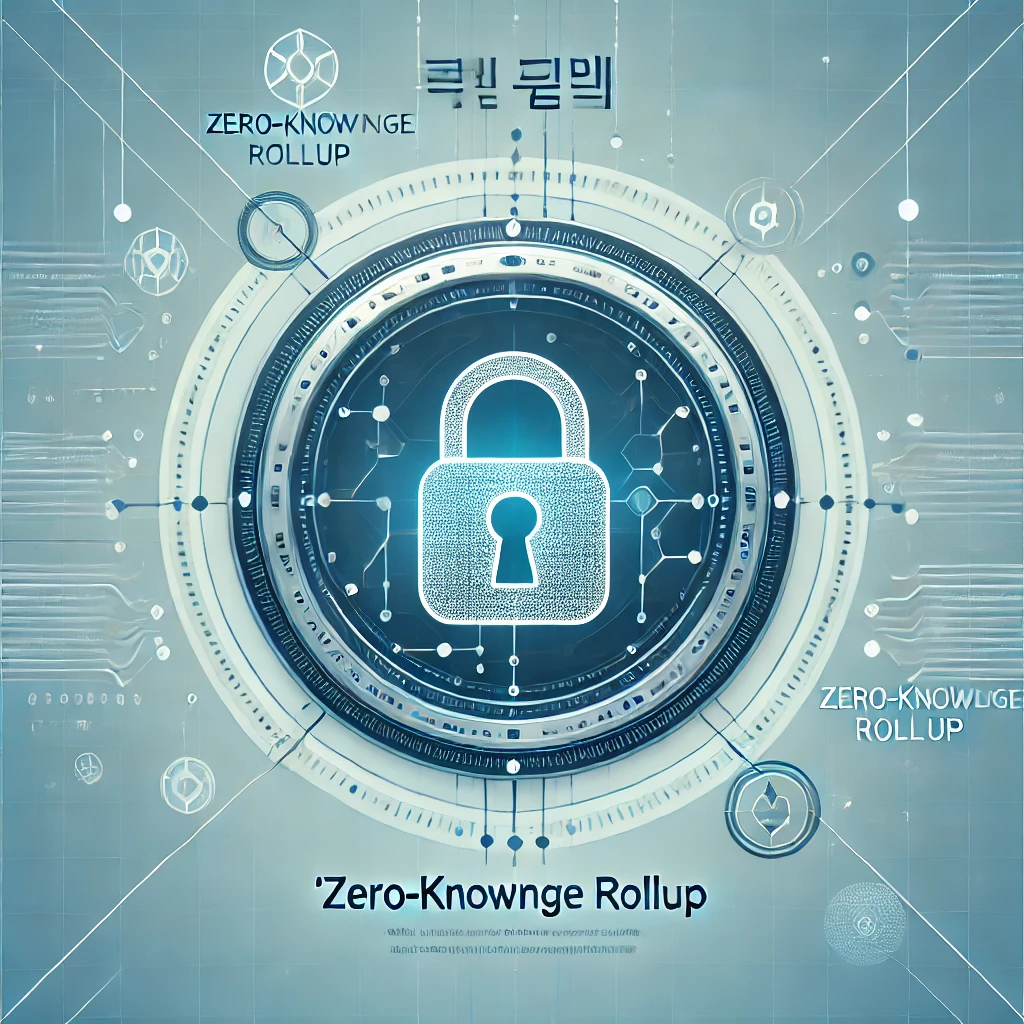# Optimistic Rollups: Cheap but Fraught with Security Risks
**ZK-Rollups: Secure, Fast Transactions Garner Attention Among Industry Giants**
As the popularity of cryptocurrencies and blockchain rises, various methods to effectively scale these technologies have been developed. Among these, rollups have received significant attention as a layer-2 scaling solution. Rollups perform some of the transaction processing off-chain (on a separate network) and store transaction data on the main blockchain. This article explores the two major types of rollups—Optimistic Rollups and Zero-Knowledge (ZK) Rollups—and examines promising projects representing each technology.
## What are Rollups?
Rollups are a layer-2 solution that bundles a large volume of transaction data processed off-chain into a single batch, which is then recorded on the main chain. This approach is akin to creating a bypass in a congested city. By offloading computations to a separate chain, rollups can lower gas fees and increase transaction processing capacity (TPS). At the same time, computation details are recorded on the Ethereum main chain, maintaining layer-1 security. Ethereum co-founder Vitalik Buterin noted, “While ERC20 token transfer on Ethereum’s base layer costs 45,000 gas, the same transfer on a rollup costs under 300 gas,” highlighting rollups’ ability to improve scalability while reducing fees.
## Optimistic Rollup vs. ZK-Rollup: Who Wins?
Rollups come in two types: Optimistic Rollups and ZK Rollups. Both are layer-2 scaling solutions, but they differ in transaction verification methods. Optimistic Rollups are cheap and fast but coexist with security risks. Conversely, ZK Rollups offer fast processing, high security, and privacy protection but are complex and costly to implement. In terms of Total Value Locked (TVL), a growth metric for layer-2 protocols, Optimistic Rollups are dominant. However, the industry is increasingly eyeing ZK Rollups as the future technology that will transform Ethereum. Let’s delve into the strengths and weaknesses of each technology.
## Optimistic Rollups: Cheap but Fraught with Security Risks
Optimistic Rollups assume all transactions are valid and rely on a fraud-proof system akin to traditional consensus mechanisms. Validators filter out malicious transactions and remove them from the queue using a fraud-proof system. While this method is computationally less complex, leading to lower transaction costs and faster processing, it can take up to seven days for transactions to be fully finalized. Notable examples of Optimistic Rollups include Optimism and Arbitrum.
### Optimism
Launched on the mainnet in December 2021, Optimism is a universal EVM-compatible layer-2 network built to scale Ethereum. It uses Optimistic Rollup technology to improve transaction speeds and reduce costs. Optimism employs a single fraud-screening process to identify invalid transactions.
### Arbitrum
Arbitrum also aims to scale Ethereum using Optimistic Rollup technology. Unlike Optimism, which employs a single-round fraud-proof system, Arbitrum utilizes a multi-round fraud-proof mechanism. According to the development team, no fraudulent transactions have occurred to date. However, industry experts caution that while the fraud-proof system is effective, this does not mean Optimistic Rollups are entirely secure.
## ZK-Rollups: Secure, Fast Transactions Garner Attention
ZK-Rollups process transactions in batches and connect to a consensus layer for final verification, similar to Optimistic Rollups. However, unlike Optimistic Rollups, which assume all transactions are valid, ZK-Rollups pre-verify transaction validity before sending them to layer-1. Using zero-knowledge proofs (ZKP), ZK-Rollups can prove the validity of transactions without revealing their details. This provides high security and privacy, allowing funds to be withdrawn within three hours. Vitalik Buterin remarked, “ZK-Rollups could become the ultimate goal of rollup technology and will dominate everything in the medium to long term.” Thanks to their strengths in security, fast processing, and privacy protection, ZK-Rollups are rapidly gaining traction. Here are some notable ZK-Rollup projects.
### Manta Network
Manta Network focuses on privacy-centric DeFi transactions, leveraging zk-SNARKs (zero-knowledge succinct non-interactive arguments of knowledge) to ensure transaction privacy. Soon after its launch, Manta Network surpassed Coinbase’s Base to become the fourth-largest Ethereum layer-2 network in terms of TVL. It emphasizes privacy in the DeFi space and aims for interoperability across various blockchains.
### Polygon zkEVM
Part of the Polygon ecosystem, Polygon zkEVM offers an Ethereum-compatible ZK Rollup solution. zkEVM ensures compatibility with Ethereum smart contracts and tools, providing a robust layer-2 environment integrated with the broader Polygon ecosystem. Its strong compatibility with Ethereum tools and smart contracts makes it easily accessible for developers.
### Taiko
Taiko uses ZK-EVM (zero-knowledge Ethereum Virtual Machine) and ZK Rollup technologies to build a full layer-2 blockchain protocol within the Ethereum ecosystem. Taiko is designed to allow the deployment of existing Ethereum dApps without any modifications while maintaining perfect compatibility with Ethereum. Taiko’s “decentralized sequencing” avoids centralized sequencers and lets the layer-1 blockchain drive sequencing, adding trust and ease of adoption for developers.
### StarkNet
StarkNet is a highly scalable network built on STARKs (Scalable Transparent ARguments of Knowledge) technology. StarkNet supports general computations, running all smart contracts with high scalability and security. The STARKs technology does not require a trusted setup, providing exceptional security, scalability, and even quantum resistance.
### ZetaChain
ZetaChain offers a “universal bridge” for secure and efficient cross-chain communication using ZK Rollup technology. It enables seamless asset and data transfers across various blockchains. ZetaChain’s primary strengths lie in its focus on interoperability and cross-chain functionalities, allowing the utilization of assets and data from multiple blockchains.
## Challenges and Outlook
Despite the innovative nature of rollups, several challenges remain. The complexity of configuring multiple protocols within the same rollup and the issue of liquidity dispersion are notable concerns. Additionally, ongoing discussions about rollups’ impact on the Ethereum ecosystem are expected to continue.
However, despite these challenges, the future of rollups appears bright. Continued research and development aim to simplify the technology’s complexity and strengthen integration with Ethereum. Chainlink emphasized, “Rollups, especially ZK-Rollups, have the potential to revolutionize the Ethereum ecosystem, ushering in an era of fast, cost-efficient, and secure blockchains.”




